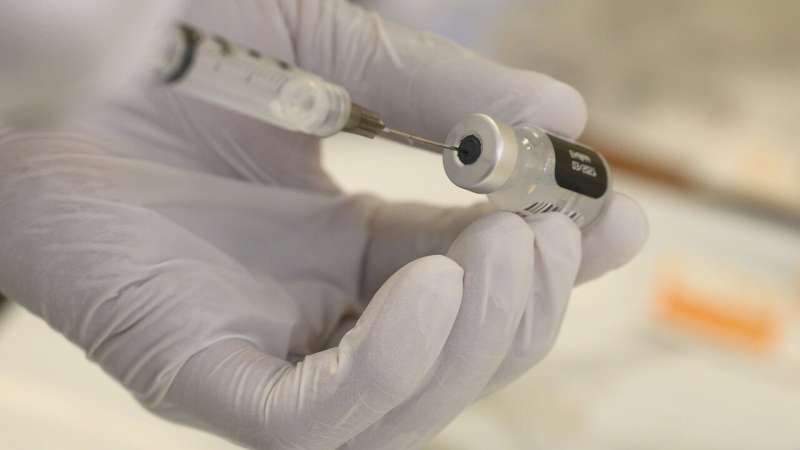Innovative Semi-Supervised Technique Enhances 3D Medical Image Segmentation Accuracy

A new semi-supervised approach improves the accuracy of 3D medical image segmentation by enhancing boundary feature alignment, reducing the need for extensive manual annotation.
A pioneering research team led by Professor Wang Huanqin at the Institute of Intelligent Machines, part of the Hefei Institutes of Physical Science under the Chinese Academy of Sciences, has developed a cutting-edge semi-supervised method for segmenting 3D medical images. Recognizing the challenges posed by extensive manual labeling, which is often time-consuming and labor-intensive, the team focused on leveraging a small amount of labeled data in conjunction with a large pool of unlabeled images to improve segmentation performance.
Current semi-supervised approaches predominantly utilize strategies like consistency regularization and pseudo-labeling, aiming to produce stable and accurate predictions across data perturbations. However, these techniques sometimes create a disparity between global features and detailed boundary information, affecting overall accuracy. To address this, the team introduced a novel boundary feature alignment technique that emphasizes learning unified boundary representations from both labeled and unlabeled datasets.
Central to this approach is a specially designed 3D boundary extractor capable of consistently capturing boundary details from ground truth labels and pseudo-labels. By integrating these boundary features early during the training phase, the method enhances the alignment process and promotes superior generalization across different annotation states.
The proposed technique was implemented within the widely used mean teacher framework and was tested on three benchmark datasets: LA (left atrium), Pancreas-CT, and ACDC (including right ventricle, left ventricle, and myocardium). Experimental results demonstrated that the new method consistently outperformed existing semi-supervised techniques. Notably, on the ACDC dataset with only 10% labeled data, the approach surpassed many fully supervised models, especially in key metrics like the 95% Hausdorff Distance and Average Surface Distance.
These promising results suggest that this boundary feature alignment method could significantly reduce the annotation burden in large-scale clinical applications, facilitating more efficient and accurate 3D medical image segmentation.
The findings have been published in the journal Pattern Recognition (2025). For more details, visit source.
Stay Updated with Mia's Feed
Get the latest health & wellness insights delivered straight to your inbox.
Related Articles
FDA Restricts Access to Updated COVID-19 Vaccines, Bringing New Challenges for Children's Immunization
The FDA's recent approval of updated COVID-19 vaccines introduces new restrictions that could limit vaccine access for healthy children, raising concerns among parents and health professionals about protecting vulnerable populations amidst ongoing policy shifts.
'Barcodes' Written into DNA Uncover How Blood Ages
New research uncovers how DNA methylation barcodes reveal blood cell aging, showing reduced stem cell diversity and clonal expansion linked to age-related inflammation and disease risks.
VitalHide Prioritizes Privacy in Wireless Health Monitoring Technology
VitalHide is a groundbreaking privacy-preserving system that protects sensitive health data collected by wireless sensors, empowering users to control who accesses their vital signs and ensuring privacy in wireless health monitoring.
Virtual Trial Indicates Combination Rescue Inhaler Significantly Reduces Severe Asthma Attacks
A groundbreaking virtual trial demonstrates that adding an inhaled corticosteroid to rescue therapy nearly halves severe asthma attacks, offering new hope for mild asthma management.



